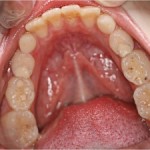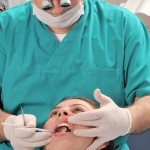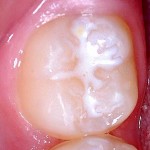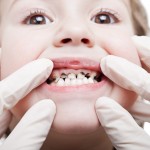
In this blog we take a look at the latest clinical practice guideline from the American Dental Association on restorative treatments for primary and permanent teeth with moderate and advanced caries.
[read the full story...]
In this blog we take a look at the latest clinical practice guideline from the American Dental Association on restorative treatments for primary and permanent teeth with moderate and advanced caries.
[read the full story...]
This diagnostic test accuracy review of visual classification systems for the detection and diagnosis of non-cavitated coronal dental caries in children or adults included 67 studies. The findings suggest that these classificationssystems have resonable performance but the certainty of the evidence is low.
[read the full story...]
This review of risk predictors of root caries was based on 16 cohorts. The findings suggest a number of risk predictors but only 4 of the included studies were considered to be of high quality.
[read the full story...]
This review of the effectiveness of Caries Risk Assessment (CRA) models included 32 studies providing limited evidence that CRA is effective for caries assessment and prediction.
[read the full story...]
This well conducted multi-centered randomised controlled trial compares fluoride-containing resin-based sealants with non-fluoride sealants
[read the full story...]
This large well-conducted 3-arm cluster RCT compared motivational interviewing(MI) with prevailing health education. Both MI arms of the study were more effective in eliciting positive changes in adolescents’ oral health behaviours and preventing dental caries after 12 months.
[read the full story...]
Despite fails in caries level in recent decades caries is still a significant problem for many children The aim of this study was to compare the effect of infiltration and fissure sealing with fluoride varnish applications. Children aged 5-8 with at least three primary molars with initial lesions on three occlusal surfaces in each child [read the full story…]

Early childhood caries (ECC) remains a significant public health problem and evidence (Yengopal 2009) and has suggested that casein phosphopeptide-amorphous calcium phosphate (CPP-ACP) may improve the effectiveness of fluoridated toothpaste. The aim of this study was to see if adding the daily application of a CPP-ACP-containing paste for 1 yr is superior to regular fluoride [read the full story…]